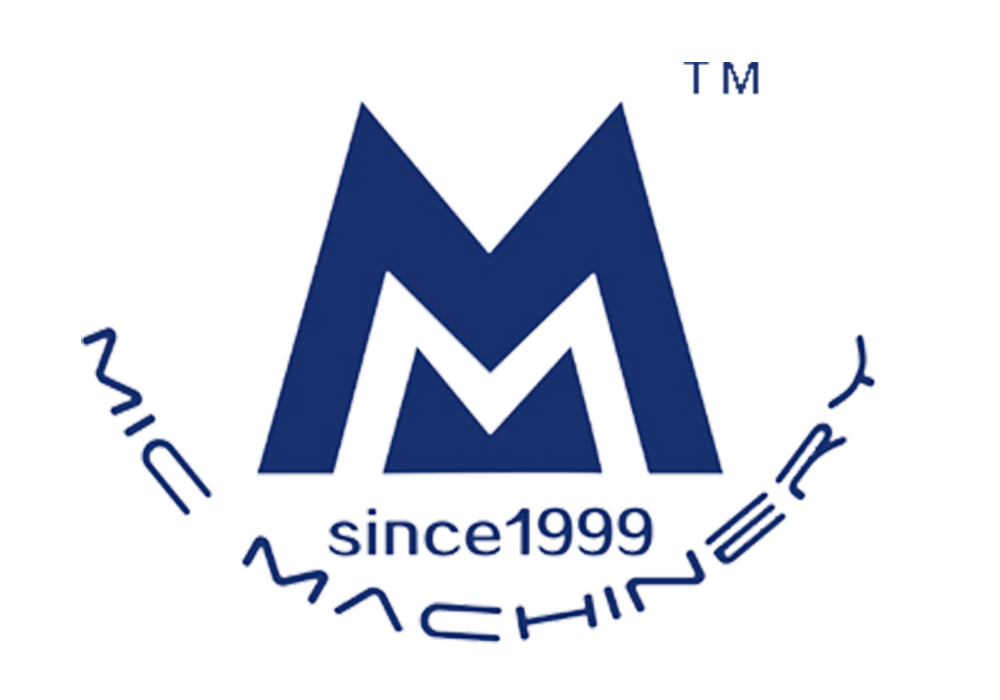How to Decrystallize Honey?
Have you ever found a jar of honey in your pantry? It might be six months old. You see it is no longer liquid. It has become a grainy solid. You may think it has gone bad. You might throw it away. But do not worry. Honey crystallization is normal. It does not mean the honey is spoiled. This guide will show you how to make it liquid again.

What Is Honey Crystallization?
First, you see small grainy bits in the liquid. Over time, these bits grow. They can turn the whole jar solid. The texture varies. Some honey becomes a soft paste. Other honey has large, coarse crystals.

Why Does Honey Crystallize?
Honey crystallizes for a few reasons. These relate to its natural properties.
Glucose content is the main factor. Honey with more glucose crystallizes faster. Clover and sunflower honey are examples. Glucose does not dissolve well. It separates and forms crystals. Honey with more fructose, like acacia honey, stays liquid longer.
Temperature is very important. Honey crystallizes fastest between 50°F and 60°F. This is a common pantry temperature. Colder temperatures slow the process. Warmer temperatures keep it liquid.
Tiny particles help crystals form. These can be pollen or beeswax. They give glucose a surface to stick to.
Water content also matters. Raw honey has low water content. This makes it crystallize faster. Pasteurized honey crystallizes slower. But it can still happen.
Is Crystallized Honey Expired?
No, crystallized honey is not expired. Crystallization shows the honey is natural. It is not overly processed.

Check for true spoilage. Spoiled honey smells sour. It looks bubbly. It might have mold. It tastes tangy, not sweet. Crystallized honey has none of these signs.
Many people like crystallized honey. It is thick and spreadable. It works well on bread or yogurt. The taste is the same. Do not throw it away.
Does Honey Go Bad?
Honey rarely goes bad. Its natural properties prevent this. Low water content and high acidity stop microbes. Archaeologists found edible honey in ancient Egyptian tombs.
Honey can go bad if contaminated. Water is the main cause. If honey absorbs moisture, it can ferment. Fermented honey bubbles. It smells and tastes sour. You should discard it then.
Raw honey may ferment more easily. But proper storage prevents this. Stored well, honey can last for decades. An unopened jar stays good for years.
How to Decrystallize Honey?
Get your supplies. You need the honey jar, a pot, and water. Loosen a metal lid. This lets steam escape. Avoid plastic jars. Heat can damage them.

Place the jar in the water. The water level should be below the lid. Do not let water get inside. Ensure the honey is surrounded.
Let it sit. Stir sometimes. Leave it for 10 to 30 minutes. Solid honey takes longer. Stir every 5 to 10 minutes. This breaks up the crystals.
Refresh the water if it cools. Drain the cool water. Add more warm water. Repeat until the honey is smooth. Then let the jar cool before sealing.
You can also use sunlight. Put the jar on a sunny windowsill. This takes a day or two. It is very gentle.
Does Decrystallized Honey Taste Good?
Yes, it tastes just as good. Crystallization only changes texture. Melting it returns the smooth consistency. The sweetness and flavor remain.
Gentle heat preserves the taste. Boiling water or a microwave can damage flavor. The warm water bath method is safe.
The nutrition is the same. It keeps all its antioxidants and vitamins. Use it on pancakes, in tea, or for baking. It works like fresh honey.
Most people notice no difference. The taste is identical if you use gentle heat.
Honey lasts almost forever. Proper storage is key. Low water content and high acidity stop bacteria. An unopened jar can last for decades.
An opened jar also lasts long. It is good for one to two years, often more. The main risks are crystallization and fermentation.
Processing affects shelf life. Pasteurized honey stays liquid longer.

Crystallization or color change is fine. The honey is still safe. Only discard it if it ferments or grows mold. Most people use the honey before it ever goes bad.
How to Store Honey?
Good storage keeps honey fresh. It prevents crystallization.
Use an airtight container. A glass jar with a tight lid is best. Glass does not absorb smells. It keeps air and moisture out. Avoid plastic.
Keep it in a cool, dry place. The ideal temperature is 64°F to 77°F. Keep it away from stoves or sunny windows. Heat hurts its quality and flavor. Cool, steady temperatures help.
Do not refrigerate honey. The cold speeds up crystallization. If you do refrigerate it, you will need to decrystallize it later. A pantry is better.
Now, let’s answer the question: Can You Freeze Honey? Yes, you can!. Freezing stops crystallization. It preserves quality for two years. Use a freezer-safe container. Leave space because honey expands. Thaw it in the fridge or a warm water bath. Do not microwave it.
Keep the jar clean. Wipe the rim after use. Remove any honey residue. This stops dust and moisture from getting in.
You can decrystallize it easily. A gentle warm water bath works well. The honey will be smooth again. Stored properly, honey lasts indefinitely. Use a glass jar. Keep it in a cool, dry place.
Now you will not waste honey. Use it for drinks, snacks, or baking. Crystallization is temporary. A little heat returns your honey to its delicious, liquid state.
